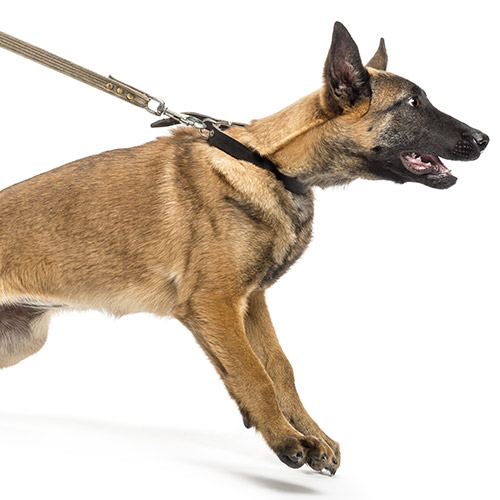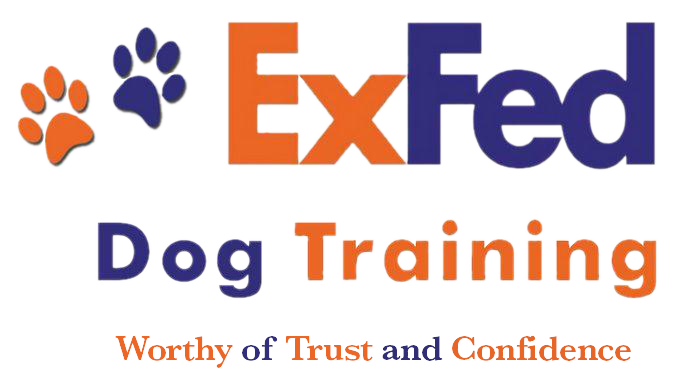How do I get my dog to stop being reactive on the leash?
Your dog’s aggression is created when he becomes excited, frustrated or fearful and all three are reasons for his behavior. Lack of socialization or proper training may also have contributed to leash aggressions. Managing a leash-reactive dog that is lunging, pulling toward, or barking at other dogs or people on walks can be extremely stressful and embarrassing. Most dogs don’t want to fight, so they display a number of behaviors designed to prevent this: barking; lunging; growling, basically, anything to make the threat go away. When the other dog goes away, that behavior is being rewarded. It works in most cases, so they do more of the same and now you have a reactive dog. Now every time you are walking and see another dog coming, you tense up, get a firmer grasp on the leash and your bad energy is traveling down the leash and can actually initiate leash reactivity.
Fight or Flight Response: Some leash reactive dogs are perfectly fine with dogs while off leash, and this is because the leash takes away the dog’s ability to flee a stressful situation. Your dog uses the flight response to try to actively get away or avoid the threat/scary thing, and the leash does not allow the flight response and therefore must use the fight response. A balanced dog will avoid the threat or scary thing and only fight as a last resort.
This problem can be solved, but requires a more intensive training program where we can modify this undesirable behavior and create repetitive positive associations with greeting dog and/or people.

Need more help?
Please complete the behavioral evaluation to provide us with more information to help you and your dog.
